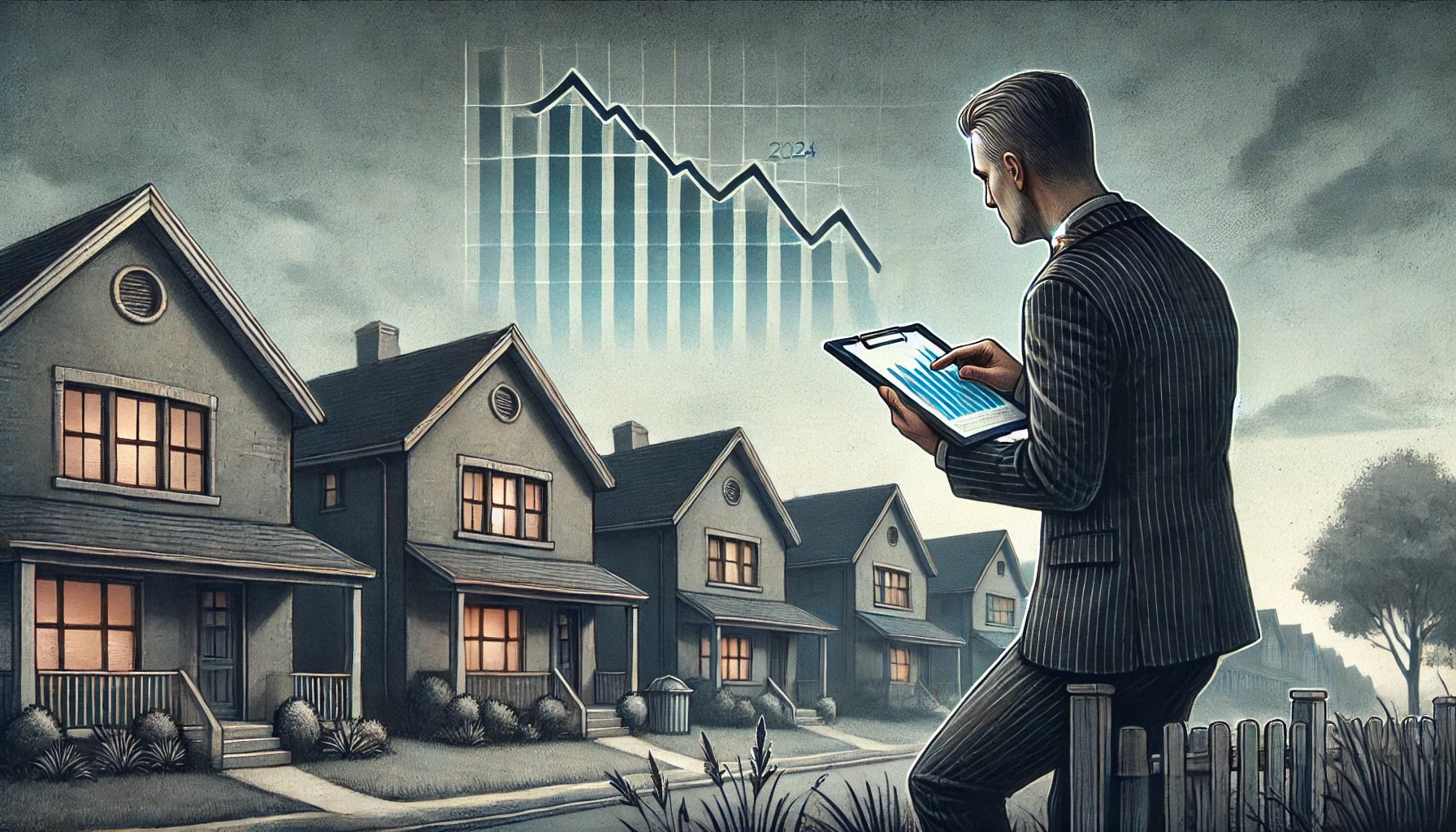Elevated mortgage rates, rising home prices, and a limited supply of available properties have continued to challenge prospective homebuyers, making homeownership increasingly difficult for many Americans.
Sales of previously owned U.S. homes declined in 2024, marking the second consecutive year at a nearly 30-year low. A combination of high borrowing costs, a persistent housing shortage, and record-high prices kept many potential buyers on the sidelines.
As a result, existing home sales dropped by 0.7% to 4.06 million, the weakest level since 1995, surpassing the already sluggish sales figures from 2023, according to the National Association of Realtors (NAR).
Despite the decline in sales, constrained inventory and rising mortgage rates provided sellers with an advantage, pushing the national median home price to an all-time high of $407,500 in 2024—an increase of 4.7% from the previous year.
“How is it possible that home sales can be this low, considering that the U.S. population has increased by more than 70 million over this time period from 1995 to today?” asked Lawrence Yun, the NAR’s chief economist. “One can partly answer that question because of the affordability issue. Record-high home prices, mortgage rates having risen, but also lack of inventory.”
Market Conditions and Inventory Challenges
The U.S. housing market has experienced a downturn since 2022, when mortgage rates began rising from historically low levels. The average 30-year mortgage rate reached a 23-year high of nearly 8% in October 2023. While it briefly dipped in September 2023, rates have hovered around 7%, according to mortgage buyer Freddie Mac.
Higher borrowing costs have significantly reduced buyers' purchasing power. With fewer homes available, many would-be buyers have been unable to enter the market. At the end of December 2024, NAR reported 1.15 million homes for sale—16.2% higher than the previous year but still well below the historical average of 1.98 million, based on data going back to 1999.
The housing supply at the end of 2024 represented a 3.3-month inventory based on current sales pace, whereas a balanced market typically has a 4- to 6-month supply.
“This means that the problems in the U.S. housing market continue to worsen in terms of availability of homes for sale and the upward pressure on home prices,” Eugenio Aleman, chief economist at Raymond James, wrote in a research note.
Factors Contributing to the Housing Shortage
Multiple factors have led to the ongoing housing shortage, including a prolonged period of below-average new home construction and homeowners holding onto their properties longer. While some political efforts, including those from former President Donald Trump, have aimed to increase housing supply, there are no quick solutions to the issue.
“Over the past decade, the U.S. has averaged about 5.2 million home sales annually,” said Lisa Sturtevant, chief economist at Bright MLS. “It is going to take years before we are back at that level, maybe not even until the 2030s. The lack of inventory is the key constraint.”
Effects of Mortgage Rate Fluctuations
Lower mortgage rates in 2020 and 2021 significantly boosted homebuyers’ purchasing power. While economists predict a decrease in mortgage rates in 2025, most do not expect rates to fall below 6%, which remains double the levels seen five years ago.
Lower rates can stimulate demand, as seen in late 2024 when a pullback in rates led to an increase in home sales. In December 2024, sales rose 2.2% from the previous month, reaching a seasonally adjusted annual pace of 4.24 million, surpassing analysts’ expectations.
Compared to December 2023, sales were up by 9.3%, while the median home sales price increased for the 18th consecutive month, reaching $404,000—a 6% rise from the prior year.
Challenges for First-Time Homebuyers
Limited inventory, particularly in the affordable price range, continues to drive home prices higher, creating difficulties for first-time buyers who lack home equity for down payments.
First-time buyers accounted for 31% of home sales in December 2024, slightly up from 30% in November and 29% a year earlier. However, on an annual basis, first-time buyers represented only 24% of all home purchases, significantly below the historical average of 40%.


